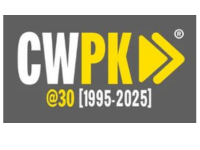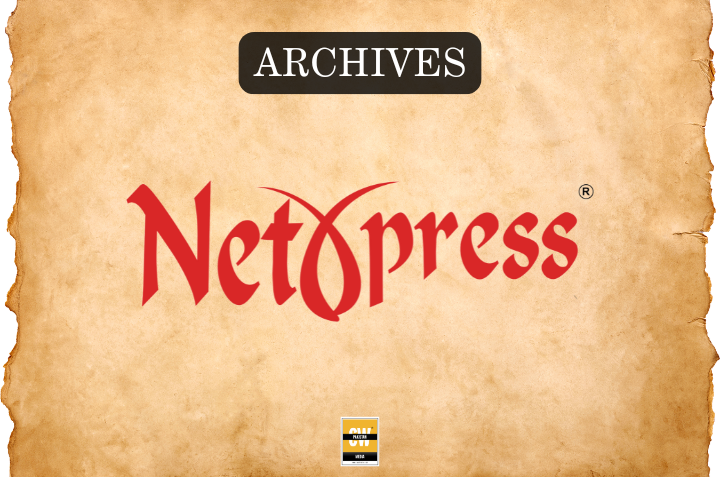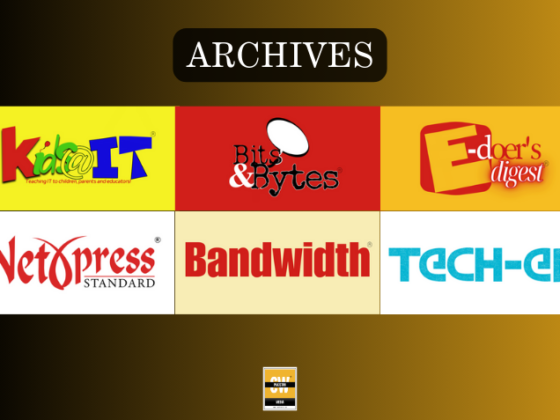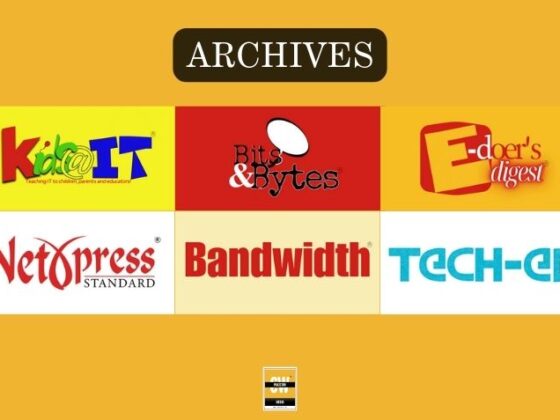Netxpress Jul Edition 2003
Opening, or Distance Learning isn’t a new phenomena in Pakistan. Contrary to what most people would believe, there have been programs in this country that have attempted to reduce distances between students and education. The concept of distance education is quite simple: it attempts to reach out and teach a mass audience, through mass media, having minimal contact between the tutor and the pupil. Resources are amplified and multiplied, and students in remote locations can benefit from a lecture or teaching. Imagine being able to sit in Sahiwaal and follow a television lecture to complete a project or course.
The Allama Iqbal Open University is a government initiative that has been around since as far back as 1974, spanning its admission to more than 500,000 students at one time, from the largest city to the smallest village. Starting off with the transmission through the Pakistan Television channel on television, the AIOU program continues to offer basic skills to matric students.
Speaking with Salahuddin sahib, regional director of Karachi AIOU campus, he comments that,
“The AIOU program is for everyone. The man who wants to learn about engineering of a car, or the young woman who wants to know how to put thread a needle, our courses and material are available to everyone who wants to learn. We stress on practical skills alongside the course curriculum.”
The AIOU depends heavily on the Pakistan postal system to deliver notices and communicate with their pupils spread across the country. Somewhat surprising considering an average 500,000 students enrolled into the various programs, wouldn’t internet connectivity or email be a lot more cost efficient and effective?
“The young man sitting in the middle of Thatta may not have access to an internet connection or a computer, yet he has the ability to learn and we cannot deprive him of that facility or desire.”
AIOU’s argument is a bit weak considering they follow a customized version of eLearning in choosing not to utilize the technology available to them, however the fact that they have been operating successfully for more than three decades, definitely says something about their track record.
The University program does allow for teacher-student interaction at regional centers where professors are available to answer any questions that students may have, during certain days of the week, at the discretion of the students.
What was a bit strange was when there was such a large distance learning program available in Pakistan, why the need of the Virtual University program. However, when the Paksat-1 was launched into space, the VU program also went on air with not just one but through two channels, which run continuously during the day.
A medium of instruction definitely more professional and formal in its manner, the Virtual University brings the cream of the crop to deliver a course lecture in terms of professors and teaching staff.
Dr. Naveed Malik, Rector of the VU program says,
“We have the right people teaching their relevant subjects. These people are usually working professionals and don’t have the time to teach at a university and we invite them to develop the lectures and deliver them according to their style.”
The VU program utilizes a lot more of the available technology than does the AIOU program. “We rely on a two-fold transmission: television and the internet.” Course lectures are given through the television screen, however students can interact, question and get guidance about subjects not only from the professors, but also from each other through the discussion forums and additional features.
The interface is controlled for each pupil with a unique username and password, allowing them to log into their Learning Management System.
The VU team put in a lot of effort and initiative to develop their LMS.
“The existing software available for open learning is usually limited to corporate training and corporate environments, thus leaving institutions that engage in distance education, to create modules of their own.”
As a result, according to Dr. Malik, the VU team managed to cover a lot of ground in the area of open learning systems whilst developing their LMS.
Will distance education ever replace the traditional classrooms? Probably not. They will enable them to become more effective and versatile in their offerings, but the brick and mortar surroundings of the education system will not be replaced.
These are institutions we are talking about. If you look at the example of the larger universities such as MIT and others, the universities utilize an effective combination of classroom lectures, tutorial sessions and distance education lectures quite nicely.
“MIT actually puts their entire developed course online for anyone and everyone in the world to download and use. However, the reason they can do this” shared Dr. Malik, “is that they have decided quite rightly, that anyone can have access to a course outline and course material. However it is only within the four walls of MIT, that the student will be able to benefit from the actual teaching and from what the professor has to offer.”
These programs are slowly gaining momentum.
Education, which is the right of every citizen of the state, is slowly being given back to the people – even those who cannot afford it. The distance learning programs are good and sustainable only as long as there are enough teachers or tutors to provide the exemplary quality of teaching. Perhaps pooling the small reservoir of qualified teaching staff is a starting solution to the problems we face with poor quality tutors.
Distance learning also requires a tremendous amount of self-motivation to be able to submit to a study schedule without having to report to a place or mentor. Do students here really have the ability to sustain themselves over the course of so many years.




